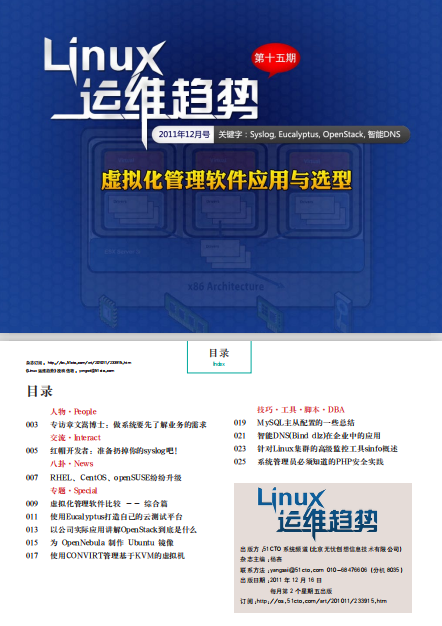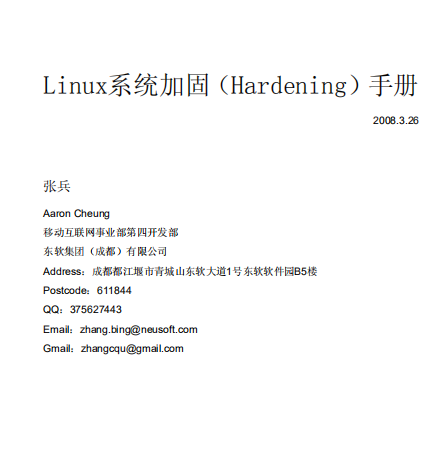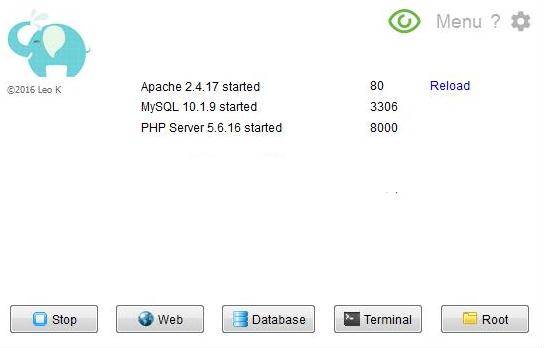Python运维脚本开发:从新手到高手的实战指南
作为一名在运维领域摸爬滚打多年的工程师,我深知自动化脚本对于提升工作效率的重要性。今天我想和大家分享Python在运维脚本开发中的完整知识体系,从最基础的文件操作到高级的并发处理,这些都是我在实际工作中总结出来的宝贵经验。
一、环境准备与基础工具选择
在开始编写运维脚本之前,我建议先搭建一个舒适的开发环境。我个人偏好使用Virtualenv创建隔离的Python环境,这样可以避免不同项目间的依赖冲突。
# 创建虚拟环境
python -m venv ops_scripts
# 激活环境
source ops_scripts/bin/activate
# 安装常用运维库
pip install psutil requests paramiko踩坑提示:记得在脚本开头添加shebang行,指定Python解释器路径,这样脚本就能直接执行了。
二、文件与目录操作实战
文件操作是运维脚本中最常见的需求。让我分享一个实用的日志文件清理脚本:
#!/usr/bin/env python3
import os
import glob
from datetime import datetime, timedelta
def clean_old_logs(log_dir, days_to_keep=30):
"""清理指定天数前的日志文件"""
cutoff_date = datetime.now() - timedelta(days=days_to_keep)
for log_file in glob.glob(os.path.join(log_dir, "*.log")):
file_mtime = datetime.fromtimestamp(os.path.getmtime(log_file))
if file_mtime < cutoff_date:
print(f"删除旧日志: {log_file}")
os.remove(log_file)
if __name__ == "__main__":
clean_old_logs("/var/log/myapp")三、系统监控与进程管理
使用psutil库可以轻松获取系统状态信息。下面是我常用的系统监控脚本:
import psutil
import time
def system_monitor():
while True:
# CPU使用率
cpu_percent = psutil.cpu_percent(interval=1)
# 内存使用情况
memory = psutil.virtual_memory()
# 磁盘使用率
disk = psutil.disk_usage('/')
print(f"CPU: {cpu_percent}% | "
f"内存: {memory.percent}% | "
f"磁盘: {disk.percent}%")
time.sleep(60)
# 检查特定进程是否存在
def check_process(process_name):
for proc in psutil.process_iter(['name']):
if proc.info['name'] == process_name:
return True
return False四、远程服务器管理进阶
使用Paramiko进行SSH连接时,我建议使用密钥认证而非密码,这样更安全:
import paramiko
from io import StringIO
def remote_command_execute(host, username, key_content, command):
"""通过SSH密钥执行远程命令"""
try:
# 创建SSH客户端
client = paramiko.SSHClient()
client.set_missing_host_key_policy(paramiko.AutoAddPolicy())
# 从字符串加载私钥
private_key = paramiko.RSAKey.from_private_key(StringIO(key_content))
# 连接服务器
client.connect(hostname=host, username=username, pkey=private_key)
# 执行命令
stdin, stdout, stderr = client.exec_command(command)
# 获取输出
output = stdout.read().decode()
error = stderr.read().decode()
return output, error
except Exception as e:
return None, str(e)
finally:
client.close()五、错误处理与日志记录最佳实践
在运维脚本中,完善的错误处理至关重要。这是我总结的错误处理模板:
import logging
import sys
from functools import wraps
# 配置日志
logging.basicConfig(
level=logging.INFO,
format='%(asctime)s - %(levelname)s - %(message)s',
handlers=[
logging.FileHandler('ops_script.log'),
logging.StreamHandler(sys.stdout)
]
)
def handle_exceptions(func):
"""异常处理装饰器"""
@wraps(func)
def wrapper(*args, **kwargs):
try:
return func(*args, **kwargs)
except Exception as e:
logging.error(f"函数 {func.__name__} 执行失败: {str(e)}")
# 可以根据异常类型进行不同的处理
if isinstance(e, FileNotFoundError):
logging.error("文件未找到,请检查路径")
elif isinstance(e, PermissionError):
logging.error("权限不足,请检查用户权限")
return None
return wrapper六、高级技巧:并发执行与性能优化
当需要同时管理多台服务器时,并发执行能大幅提升效率。使用concurrent.futures模块是个不错的选择:
from concurrent.futures import ThreadPoolExecutor, as_completed
def batch_remote_commands(servers, command):
"""批量在多台服务器上执行命令"""
results = {}
with ThreadPoolExecutor(max_workers=10) as executor:
# 提交所有任务
future_to_server = {
executor.submit(remote_command_execute, server['host'],
server['username'], server['key'], command): server
for server in servers
}
# 收集结果
for future in as_completed(future_to_server):
server = future_to_server[future]
try:
output, error = future.result()
results[server['host']] = {'output': output, 'error': error}
except Exception as e:
results[server['host']] = {'output': None, 'error': str(e)}
return results七、实战案例:完整的应用部署脚本
最后,让我分享一个完整的应用部署脚本,结合了前面提到的所有技巧:
#!/usr/bin/env python3
import os
import sys
import logging
from datetime import datetime
@handle_exceptions
def deploy_application():
"""完整的应用部署流程"""
logging.info("开始应用部署流程")
# 1. 备份当前版本
backup_existing_app()
# 2. 下载新版本
download_new_version()
# 3. 停止服务
stop_services()
# 4. 更新文件
update_application_files()
# 5. 启动服务
start_services()
# 6. 健康检查
if health_check():
logging.info("应用部署成功完成")
else:
logging.error("部署后健康检查失败,开始回滚")
rollback_deployment()
def backup_existing_app():
"""备份现有应用"""
timestamp = datetime.now().strftime("%Y%m%d_%H%M%S")
backup_dir = f"/backups/app_{timestamp}"
os.makedirs(backup_dir, exist_ok=True)
# 使用rsync备份应用目录
os.system(f"rsync -av /opt/myapp/ {backup_dir}/")
logging.info(f"应用已备份至: {backup_dir}")
# 其他函数实现...
通过这个完整的教程,相信你已经掌握了Python运维脚本开发的核心技能。记住,好的运维脚本不仅要功能完善,还要有良好的错误处理和日志记录。在实际工作中,我建议先从简单的脚本开始,逐步增加复杂度,这样能更好地掌握每个概念。如果你在实践过程中遇到问题,欢迎在评论区交流讨论!
1. 本站所有资源来源于用户上传和网络,如有侵权请邮件联系站长!
2. 分享目的仅供大家学习和交流,您必须在下载后24小时内删除!
3. 不得使用于非法商业用途,不得违反国家法律。否则后果自负!
4. 本站提供的源码、模板、插件等等其他资源,都不包含技术服务请大家谅解!
5. 如有链接无法下载、失效或广告,请联系管理员处理!
6. 本站资源售价只是赞助,收取费用仅维持本站的日常运营所需!
源码库 » Python运维脚本开发入门到高级技巧
2. 分享目的仅供大家学习和交流,您必须在下载后24小时内删除!
3. 不得使用于非法商业用途,不得违反国家法律。否则后果自负!
4. 本站提供的源码、模板、插件等等其他资源,都不包含技术服务请大家谅解!
5. 如有链接无法下载、失效或广告,请联系管理员处理!
6. 本站资源售价只是赞助,收取费用仅维持本站的日常运营所需!
源码库 » Python运维脚本开发入门到高级技巧





